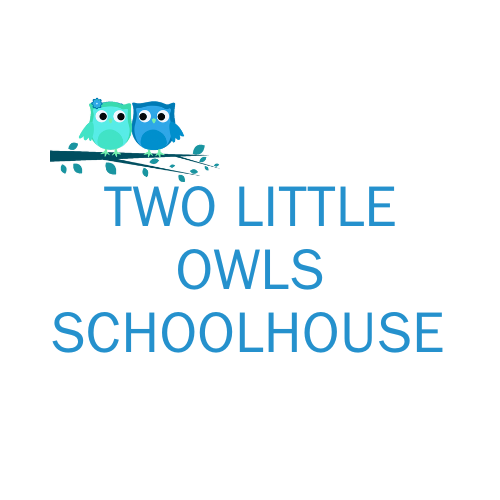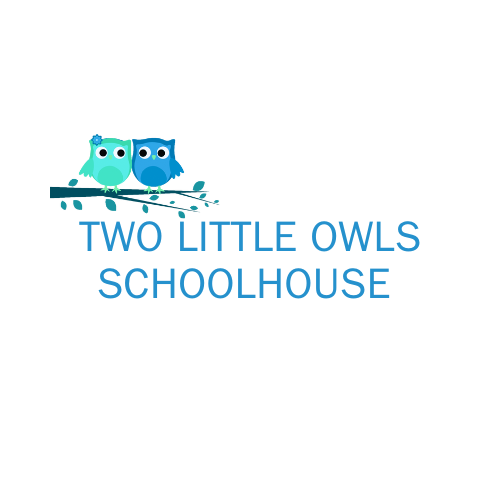Addressing Biting in the Classroom: A Guide for Educators and Parents
By Marlo, Two Little Owls Schoolhouse
Biting among toddlers, while distressing, is a developmentally normal behavior. It's crucial for educators and parents to approach this issue with understanding and consistency. Here, we will explore effective strategies to manage biting in a compassionate and informed manner, fostering a unified approach between educators and parents.
Understanding the Root Issue
Biting often stems from a child's inability to express complex emotions, such as frustration, excitement, or the need for attention. Recognizing this as a form of communication is the first step in addressing the behavior.
Language and Script for When a Child Bites
When a child bites, it's important to remain calm and use clear, simple language. A script like, "I see you're upset, but biting hurts. We use gentle touches," can be effective. This acknowledges the child's emotions while setting a clear boundary. We are also fans of the book, “Teeth are Not for Biting”.
Parental Guidance When Your Child Gets Bitten
For parents dealing with their child being bitten, empathy and reassurance are key. Explain to your child that their peer is learning how to express feelings. Encourage them to articulate their experience and reassure them that they are safe.
Classroom Strategies to Mitigate Biting
Educators can create an environment that minimizes biting incidents through:
Close Observation: Identify triggers and intervene before a potential bite.
Emotion Coaching: Help children recognize and express their emotions in healthy ways.
Structured Environments: Predictable routines can reduce anxiety and frustration.
Engaging Activities: Ensure children are meaningfully occupied to reduce boredom-induced biting.
A Unified Approach: Consistency in Language and Understanding
Harmonizing the approach between educators and parents is crucial. Consistent language and understanding about biting help children receive a unified message, making it easier for them to internalize appropriate behavior.
Embracing Gentle and Conscious Parenting Principles
Approaching biting incidents from a stance of empathy and understanding aligns with gentle and conscious parenting. It's about guiding rather than punishing, understanding rather than reprimanding. This approach nurtures emotional intelligence and respectful communication.
Developmental Normalcy and Moving Forward
Biting, while challenging, is a normal part of toddler development. Through empathy, clear communication, and a unified approach, we can guide children through this phase effectively. Let's work together to create a compassionate and understanding environment for our little ones.


